Safety Consultant, NIT
he Bureau of Labor Statistics, or BLS, reported that from 2011 to 2018 there were 1,030 confined space fatalities in the United States, equating to 129 fatalities per year. BLS breaks out the numbers by job class, not industry, but most deaths are clearly construction related when occupations related to agriculture are removed.
Organizational safety culture and where an organization performs work are major components of the safety equation. Both the Occupational Safety and Health Administration, or OSHA, General Industry standard and the Construction standard have the same definition of a confined space:
- Large enough to bodily enter
- Not intended for continuous human occupancy
- Limited means of entry and exit
Often, unnecessary debate arises regarding the size of the space: a concrete trench that is 3 feet deep, a wash tank that is only 3 feet deep, and so on. This is a major pitfall, since it detracts from the necessity of identifying additional hazards which could make a confined space a permit-required confined space. A permit-required space is one which has the following characteristics:
- Hazardous atmosphere or potential for hazardous atmosphere
- Potential for engulfment
- Inwardly converging walls or sloping floors that could trap or asphyxiate a worker
- Other serious recognized hazards
When considering if a confined space is OSHA permit-required, sometimes cavalier arguments arise that the space does not meet the definition of permit-required, citing items one through three from the above list. However, item four—other serious hazards—is often minimized.
Other hazards could include something as seemingly benign as standing water. OSHA states in multiple letters of interpretation that as little as four inches of water constitutes a drowning hazard. Other serious recognized hazards include slip, trip, and fall hazards or peripheral caught in or between hazards. Other serious hazards are often overlooked to classify a space as non-permit required.
Historically, CSB investigation evaluations include the methodology used to define the space as non-permit or permit-required, entry coordination into the space, and the work conducted within the space. What is missing from these narratives is how the space and construction projects must be managed and demonstrate how gaps in work planning might have fatal outcomes. Sadly, those fatal outcomes are the construction fatalities from 2011 to 2018. This statistic reinforces the need for a better understanding between general industry host employers and construction crews performing confined space operations.
In each scenario that was investigated, inadequate evaluation, changing conditions, poor air monitoring, and a lack of a competent person on the construction site led to fatal operations. For the last thirty years, OSHA has required general industry employers to systematically evaluate confined spaces. Unfortunately, OSHA hasn’t provided the same level of scrutiny to the construction industry. To rectify this, OSHA in 2015 added a new layer of redundancy to the construction industry standards: the competent person.
The competent person must be trained and educated in a way that allows them to evaluate entries based on hazards. Hazards identified during their evaluation determine how the space is classified. They must be objective evaluators. While the employer-conducted evaluation is useful, it should be regarded as fiction until it can be verified as fact. The ultimate intent here is to verify that the confined space does not have existing significant hazards. To this end, the competent person must use the tools at their disposal to evaluate spaces carefully and systematically.
- Confined space evaluation
- Permitting and scope of work adherence
- Changes within the space
- Entry and retrieval equipment
- Air monitoring
- Hazard controls: elimination, substitution, engineering, administrative, and personal protective equipment
- Lockout/tagout (energy isolation)
- Ventilation
Statistically, confined space operations in construction are inherently more dangerous than other industries. Without a competent person systematically evaluating spaces, workers will be entering blindly. Only through the efforts of a competent person can risks be identified and mitigated so that employees can safely perform their assigned work. Trust the company you work for, but verify the confined space is safe for entry. Rely on a competent person to help keep you safe—your family and friends will thank you.
